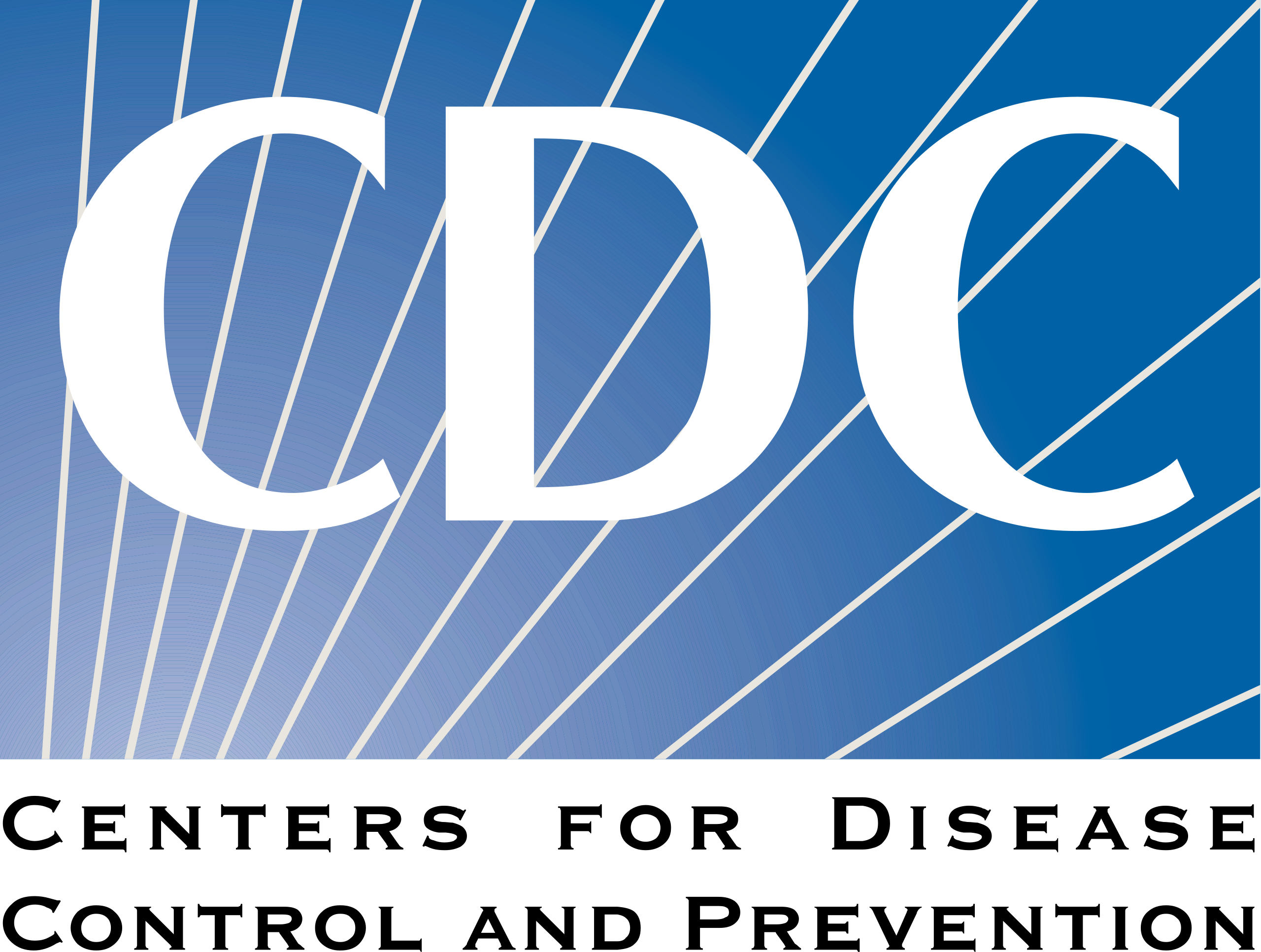Article
Barriers Remain for Better Hepatitis C Virus Care
Author(s):
Treatment initiation was lower among Medicaid and private health insurance recipients aged 18-29 years, compared with patients aged 50-59 years.

This article was originally published in ContagionLive.
A new US Centers for Disease Control and Prevention (CDC) report shows disparities among hepatitis C virus (HCV) treatment with direct-acting antiviral (DAA) depending on insurance type.
A team of investigators from the CDC identified data from approximately 2 million insured adults diagnosed with hepatitis C between January 2019 and October 2020 in order to categorize those who are receiving treatment based on sex, age, race, insurance type, and by state Medicaid treatment restrictions.
HCV Data
The cohort included hepatitis C patients from all 50 states enrolled in private insurance plans, Medicare Advantage, or Medicaid managed care.
Treating hepatitis C with DAA is recommended for all persons with the infections, with few exceptions.
Left untreated, hepatitis C can lead to advanced liver disease, liver cancer, and death, but while treatment with DAA can cure 95% of cases, more than 14,000 hepatitis C-related deaths were reported in the US in 2019.
After an initial analysis, the investigators found 47,678 hepatitis C patients that met inclusion criteria. Medicaid managed care insured 79% of that group.
Treatment
DAA treatment began within 360 days of receipt of a positive hepatitis C test among people enrolled in Medicaid, Medicare, and private insurance at rates of 23%, 28%, and 35%, respectively.
A majority of privately insured patients (84%) initiated DAA treatment within 180 days of their positive test, compared to 75% of Medicaid and 77% of Medicare recipients in that same window of time.
Treatment initiation was lower among Medicaid and private health insurance recipients aged 18-29 years, compared with patients aged 50-59 years.
The lowest odds of DAA treatment initiation were lowest among patients aged 18-29 and 30-39 years with Medicaid.
“Everyone with hepatitis C should have access to lifesaving treatment, regardless of race, ethnicity, age or insurance status,” CDC Acting Principal Deputy Director Debra Houry, MD, MPH, said in a statement. “What these data tell us is that at best, only one in three people are treated within a year of being diagnosed and we must reduce the barriers and get more people treated for hepatitis C in our country. This is critical to stop preventable deaths and prevent new infections.”
Demographics
After analyzing treatment initiations by race, initiation was lowest among persons of other races (20%) and those missing race information (19%).
Initiation was highest in all race groups among privately insured patients but was lowest among persons with missing race information.
Treatment initiation was similar among most racial groups after adjusting the analysis, but Medicaid recipients who were Black or reported other races had lower prevalence of treatment relative to White Medicaid recipients.
Asian patients with Medicare had higher rates of treatment initiation compared to their white counterparts.
Additionally, male sex was consistently linked to lower treatment initiation across all insurance types.
“Removing barriers to treatment is a critical step, as is increasing screening for hepatitis C,” Carolyn Wester, MD, MPH, director of CDC’s Division of Viral Hepatitis, said in the same statement. We estimate about 40% of people with hepatitis C in the US are unaware of their infection—testing is the first step to accessing curative treatment.”





